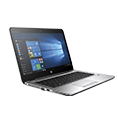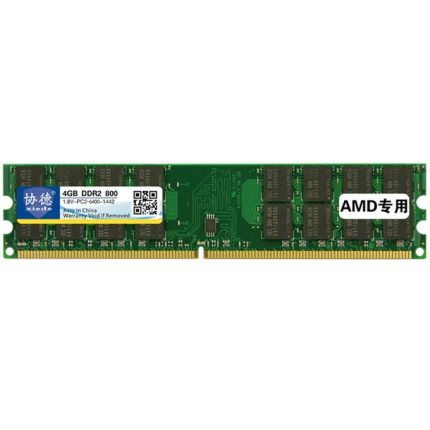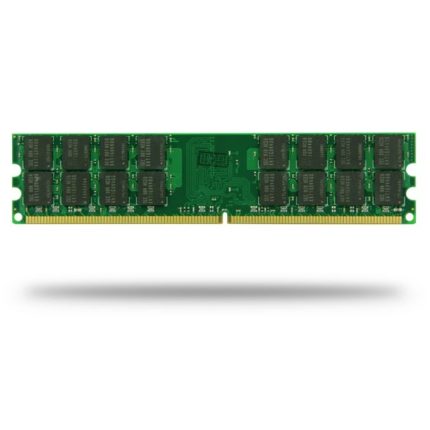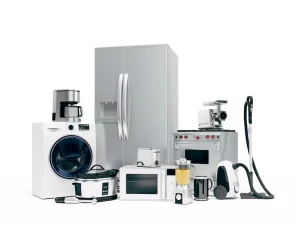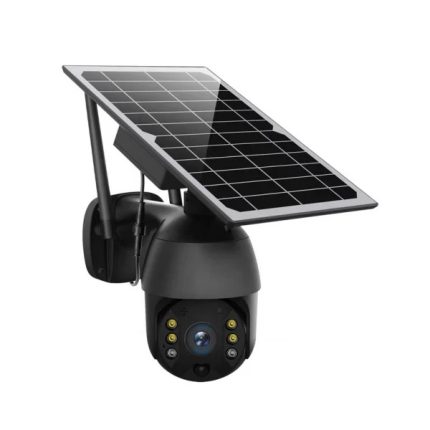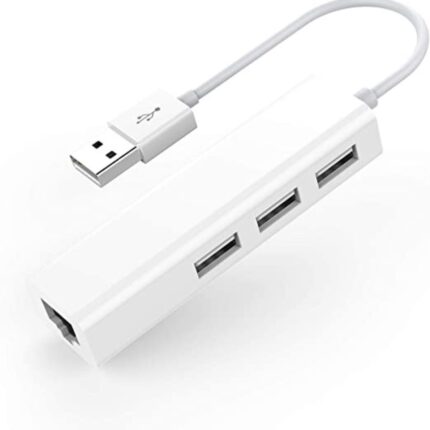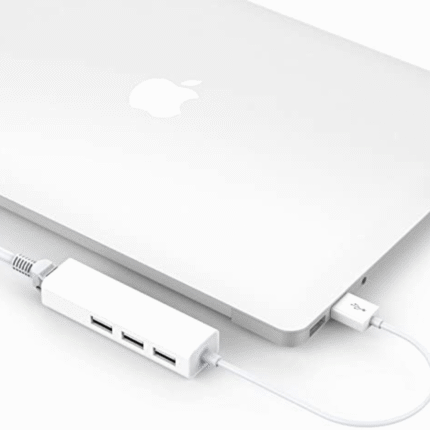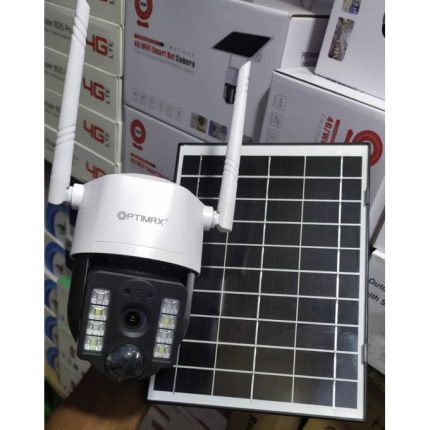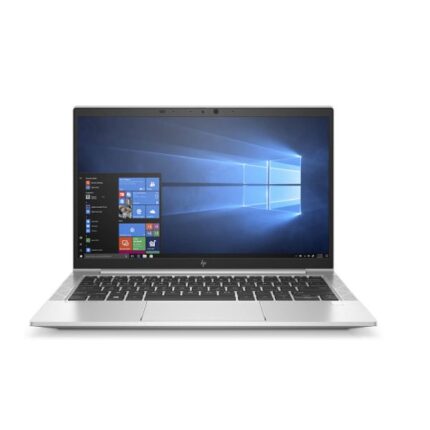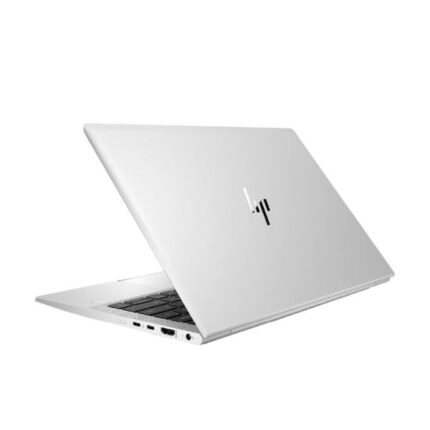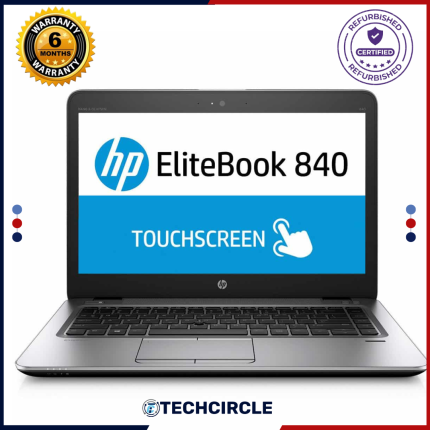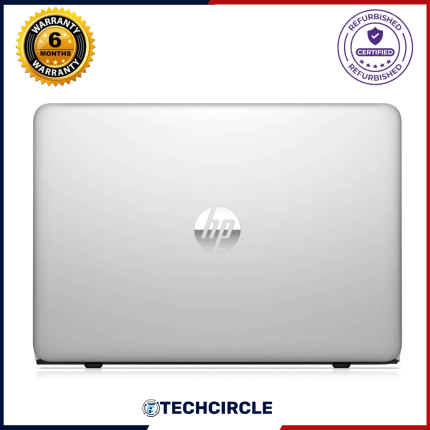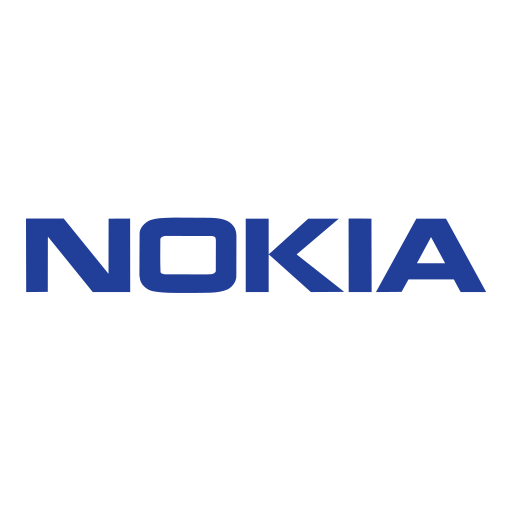In today’s digital age, businesses of all sizes are heavily reliant on information technology (IT) infrastructure. From data storage to communication networks, IT systems are the backbone of modern operations. Consequently, the potential impact of IT disruptions can be devastating, leading to significant financial losses, reputational damage, and operational paralysis. This underscores the importance of a robust IT disaster recovery (ITDR) plan.
Understanding IT Disaster Recovery
IT disaster recovery refers to a set of policies, tools, and procedures that enable the recovery or continuation of vital technology infrastructure and systems following a natural or human-induced disaster. The primary goal of an ITDR plan is to minimize downtime and data loss, ensuring that business operations can resume as swiftly and smoothly as possible.
Key Components of an IT Disaster Recovery Plan
An effective ITDR plan should encompass several critical components:
1. Risk Assessment and Business Impact Analysis
Before developing an ITDR plan, it is essential to conduct a comprehensive risk assessment and business impact analysis (BIA). This involves:
-
- Identifying potential threats: Natural disasters (e.g., earthquakes, floods), cyberattacks (e.g., ransomware, data breaches), and human errors.
- Assessing the likelihood and impact: Evaluating the probability of each threat and its potential impact on business operations.
- Prioritizing critical functions: Identifying which business functions and IT systems are most critical to operations and should be prioritized in the recovery process.
2. Recovery Objectives
Defining clear recovery objectives is crucial for an effective ITDR plan. These objectives include:
-
- Recovery Time Objective (RTO): The maximum acceptable amount of time that a system, application, or function can be down after a disaster occurs.
- Recovery Point Objective (RPO): The maximum acceptable amount of data loss measured in time. For example, an RPO of 4 hours means that data backups should occur at least every 4 hours.
3. Data Backup and Restoration
A robust data backup strategy is the cornerstone of any ITDR plan. Key considerations include:
-
- Regular backups: Implementing regular and automated backups of all critical data.
- Offsite storage: Storing backups in a secure, offsite location to protect against onsite disasters.
- Data restoration: Ensuring that data can be quickly and accurately restored from backups.
4. IT Infrastructure and Application Recovery
This component involves planning for the recovery of IT infrastructure and applications, including:
-
- Hardware and software inventory: Maintaining an up-to-date inventory of all hardware and software assets.
- Redundant systems: Implementing redundant systems and failover mechanisms to ensure continuity.
- Virtualization and cloud solutions: Leveraging virtualization and cloud technologies to facilitate rapid recovery and scalability.
5. Communication Plan
Effective communication is vital during a disaster. An ITDR plan should include:
-
- Emergency contacts: A list of internal and external contacts, including IT staff, vendors, and stakeholders.
- Communication channels: Predefined communication channels (e.g., email, phone, messaging apps) to keep all parties informed.
- Crisis communication strategy: Guidelines for communicating with employees, customers, and the media during and after a disaster.
6. Testing and Maintenance
An ITDR plan is only as good as its implementation. Regular testing and maintenance are essential to ensure the plan remains effective. This includes:
-
- Regular drills: Conducting periodic disaster recovery drills to test the plan’s effectiveness and identify areas for improvement.
- Plan updates: Continuously updating the plan to reflect changes in technology, business processes, and emerging threats.
- Review and audit: Regularly reviewing and auditing the plan to ensure compliance with industry standards and regulations.
Benefits of an IT Disaster Recovery Plan
Implementing a comprehensive ITDR plan offers several key benefits:
-
- Minimized downtime: Rapid recovery of IT systems reduces operational downtime, minimizing financial losses.
- Data protection: Ensuring that critical data is backed up and can be restored quickly prevents significant data loss.
- Enhanced reputation: Demonstrating a commitment to business continuity and disaster preparedness enhances trust among customers, partners, and stakeholders.
- Regulatory compliance: Adhering to industry regulations and standards related to data protection and business continuity.
Conclusion
In an era where IT disruptions can have far-reaching consequences, an effective IT disaster recovery plan is not just a best practice—it’s a business imperative. By meticulously planning for potential disasters, setting clear recovery objectives, and regularly testing and updating the plan, businesses can safeguard their operations, protect critical data, and ensure a swift return to normalcy when disaster strikes. Investing in IT disaster recovery today can mean the difference between business resilience and catastrophic failure tomorrow.
Ubox CCTV Camera PTZ dome Motion Detection-S12 4G
USB 3.0 3-Port Hub and Gigabit Ethernet Adapter
- 3 USB 3.0 Ports: Transfer data at up to 5Gbps, 10x faster than USB 2.0 — move an HD movie in seconds.
- ✅ Gigabit Ethernet Port: Supports 10/100/1000Mbps for ultra-stable, high-speed wired internet — faster & more reliable than Wi-Fi.
- ✅ Type-C Adapter Included: Instantly connect your USB-C devices to Type-A peripherals like keyboards, drives, or hubs.
- ✅ Plug & Play: No drivers needed. Instantly recognized by Windows, Mac OS & Linux.
- ✅ Compact & Durable: Lightweight design with corrosion-resistant aluminum shell — perfect for travel or your desk.
- ✅ Simultaneous Use: All hub ports and Ethernet work at the same time, keeping you productive.
- ✅ Wide Compatibility: Supports Windows 10/8/7/XP/Vista, Mac OS & Linux. (Not for Windows RT or Android.)
V380 Solar Panel IP Camera 4G Sim Card Wifi Outdoor Waterproof Alarm PIR Motion Detection CCTV Wireless Camara Built In Battery
- Detection method: PIR Motion Detection + Radar dual induction detection
- Detection distance: 0-12 Meters
- Detection angle: 120°
- Alarm method: Double induction confirmation and push alarm information mobilephone
- Pan-tilt: Horizontal: 355 °, vertical: 90°
- Rotate Speed: Horizontal 55°/seconds, vertical 40°/seconds
- Full color night vision: Minimum illumination 0.00001LUX
- Infrared Led: Infrared LED distance: 30M ,effective distance :10M
- White Led: White LED distance: 30M, effective distance :10M
- Built-in speaker: 3W
- Built-in microphone: Audio pick-up eara about 20M
- Cloud storage: Cloud Storage (Alarm video )
- Local storage: SD/TF card(Max 128G)
- power supply mode : Solar panel + 3.7V 18650 battery
- Solar panel power: 7.5W
- Battery capacity Built-in 8000mah battery
- Operating power daytime: 350-400ma,Night time:500-550ma
- Standby power: 5mA
- Work Environment: IP66 Waterproof, can use indoor and outdoor
Infinix Smart 7 HD, 6.6″, 2GB RAM, 64GB, 5000mAh, 4G(DUAL SIM) – Jade White
HP EliteBook 830 G7 – Core i5 10th Gen, 8GB RAM, 256GB SSD, 13.3″ FHD Touchscreen, Thunderbolt 4, Grade A Ex-UK
-
⚡ 10th Gen Intel Core i5-10210U – Fast and efficient quad-core processing
-
🧠 8GB DDR4 RAM + 256GB SSD – Speedy multitasking and ample storage
-
🖥️ 13.3" Full HD Touchscreen – Intuitive interaction and vivid visuals
-
🔌 2 Thunderbolt 4 Ports – Future-ready high-speed connectivity
-
🔊 Audio by Bang & Olufsen – Crystal-clear sound for work and entertainment
-
💼 Slim, Lightweight, Durable Design – Built for business on the go
-
🔐 Enhanced Security Features – Business-grade privacy and protection
-
🔁 Grade A Ex-UK Refurbished – Top condition with 1-Year Warranty
-
🛒 Available at Techcircle Computers – Trusted Kenyan tech provider
HP EliteBook 840 G4 Intel Core i5 7th Gen 8GB RAM 500GB HDD 14 Inch FHD Touchscreen Display
- Operating system: Windows 10 Pro 64-Bit Edition
- Memory: 8 GB DDR4 – 2133MHz SDRAM | supporting up to 32 GB
- Storage: 500GB 7200 rpm SATA HDD
- Optical drive: None
- Graphics Processor: Intel® HD Graphics 620
- Processor: Intel® Core™ i5-7300U (2.6GHz, up to 3.5 GHz with Intel Turbo Boost Technology, 3 MB cache, 2 cores)
- Display: 14 Inches (35.56cm) diagonal FHD SVA slim with camera, Corning® Gorilla® Glass 4 LED-backlit touch screen (1920 x 1080)








